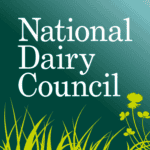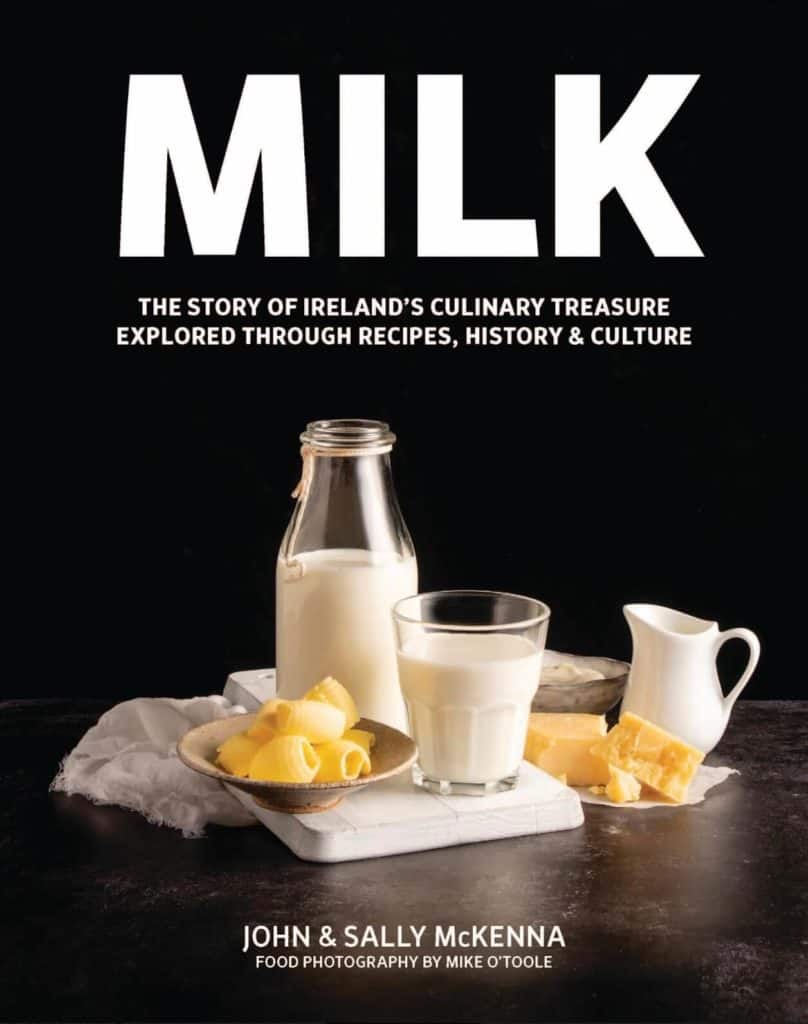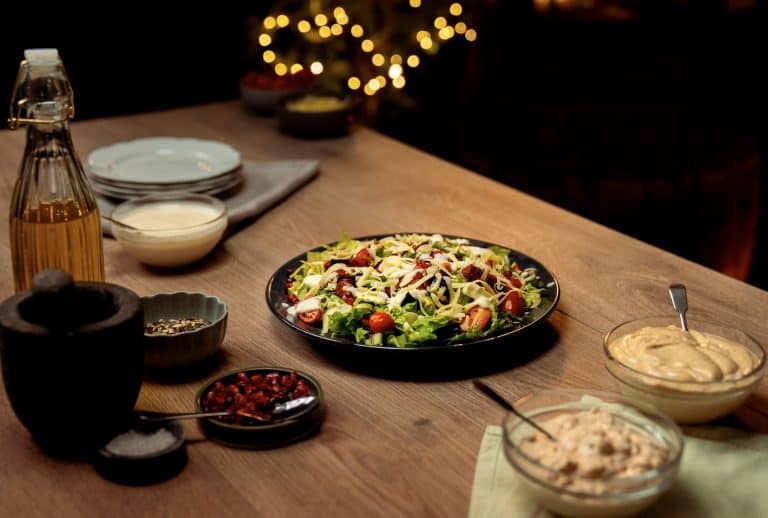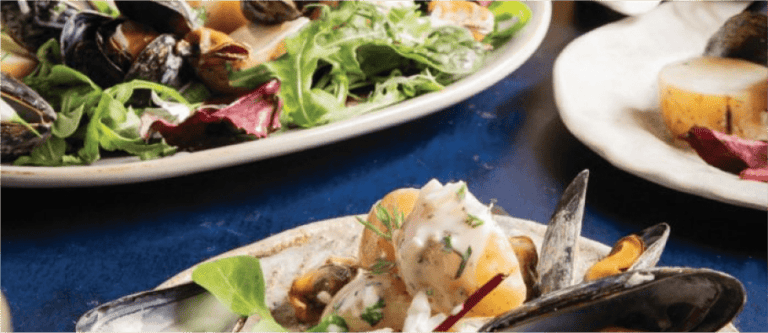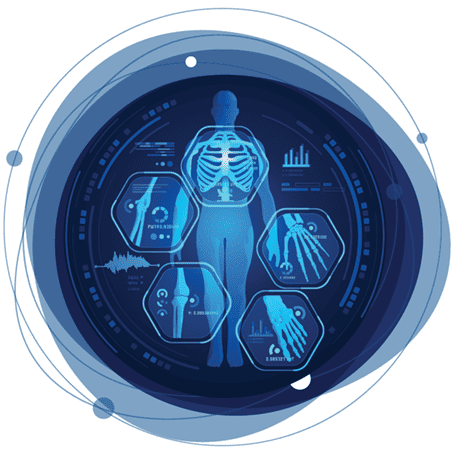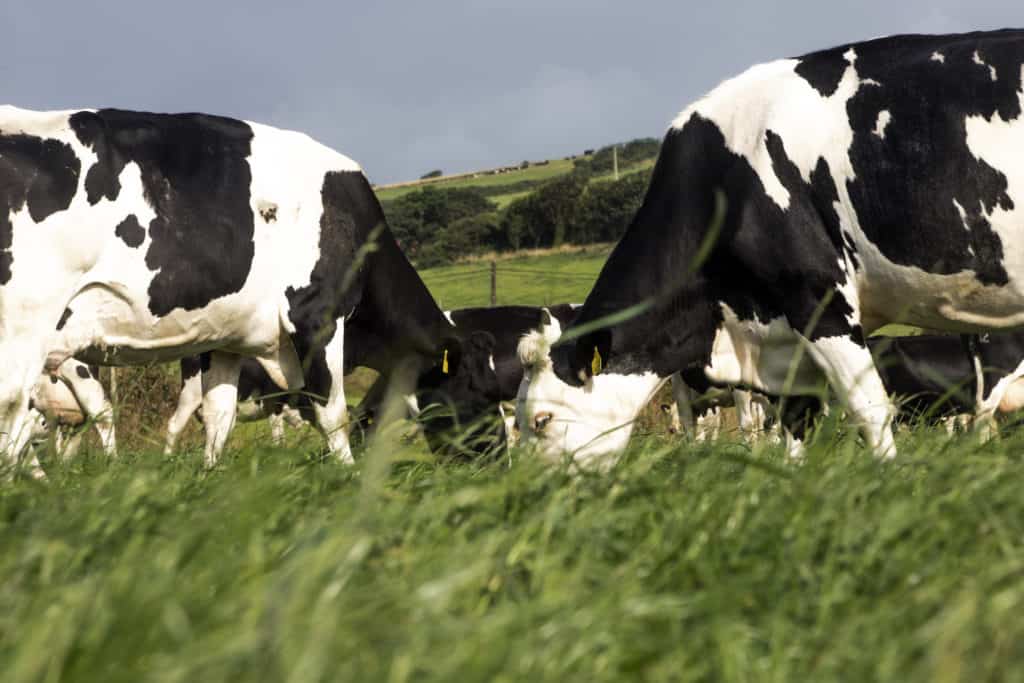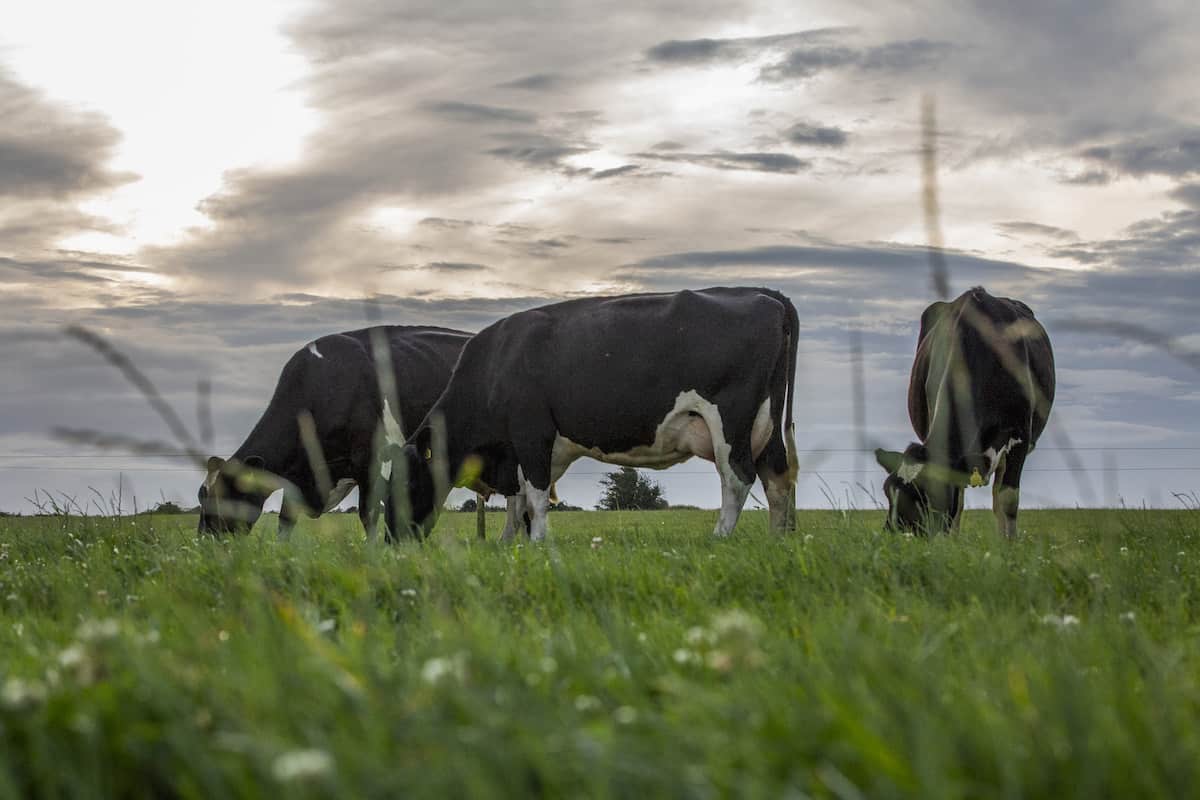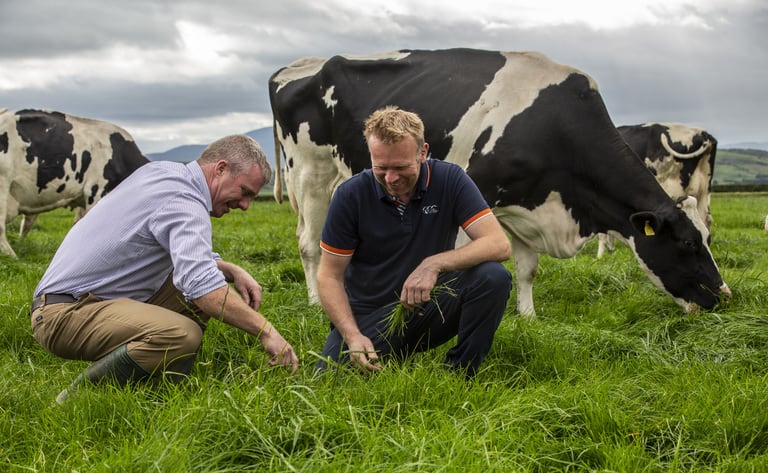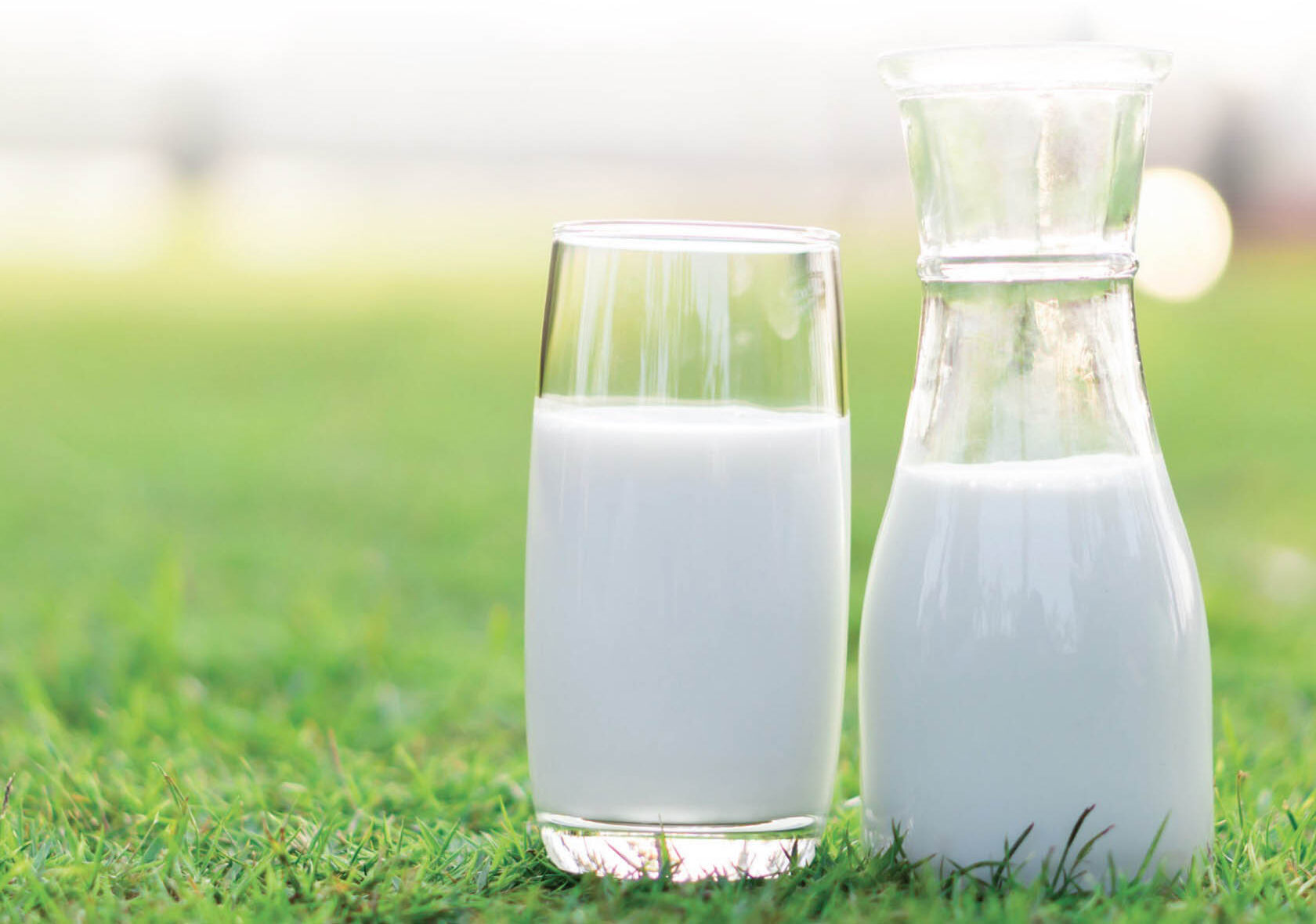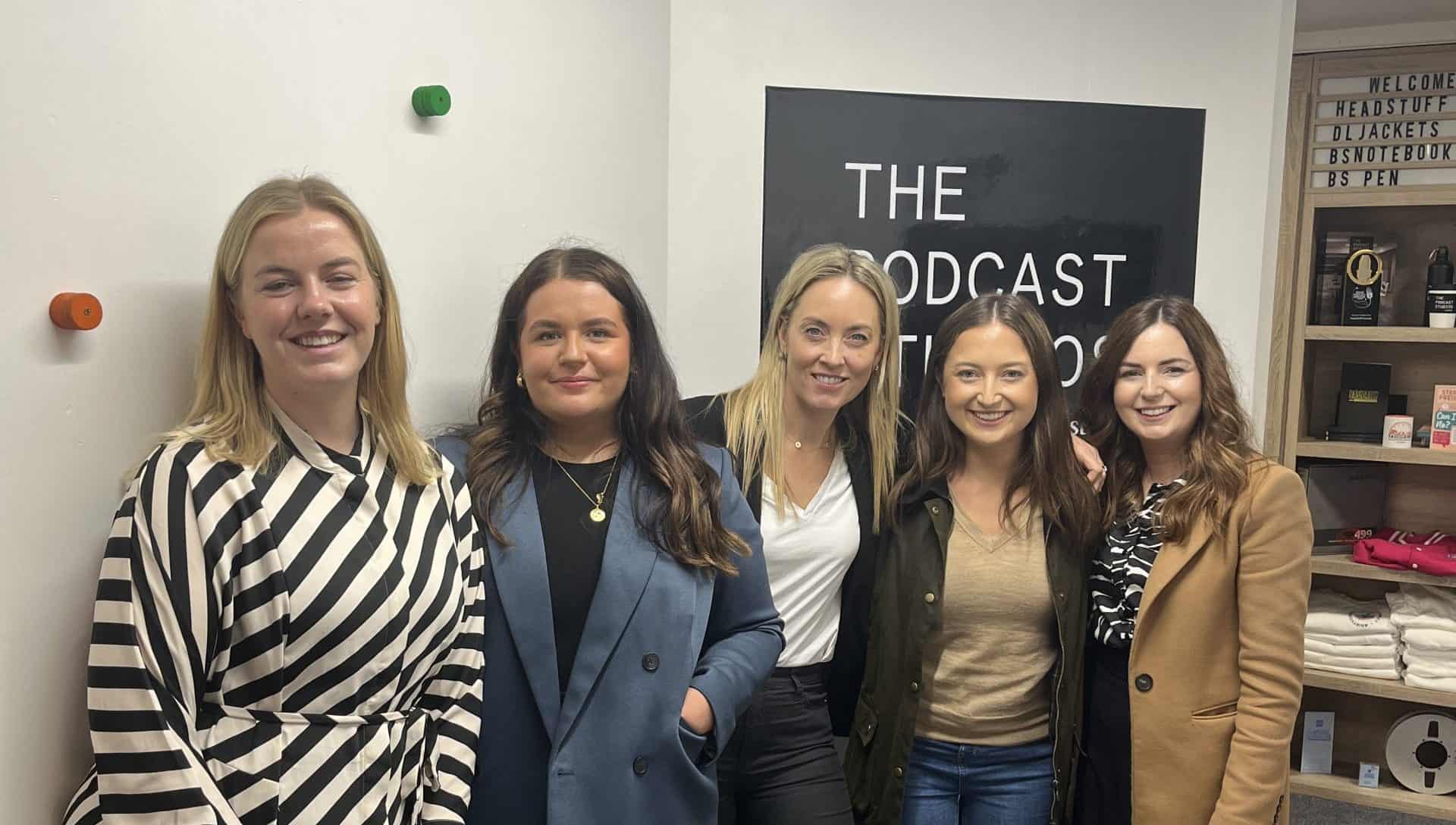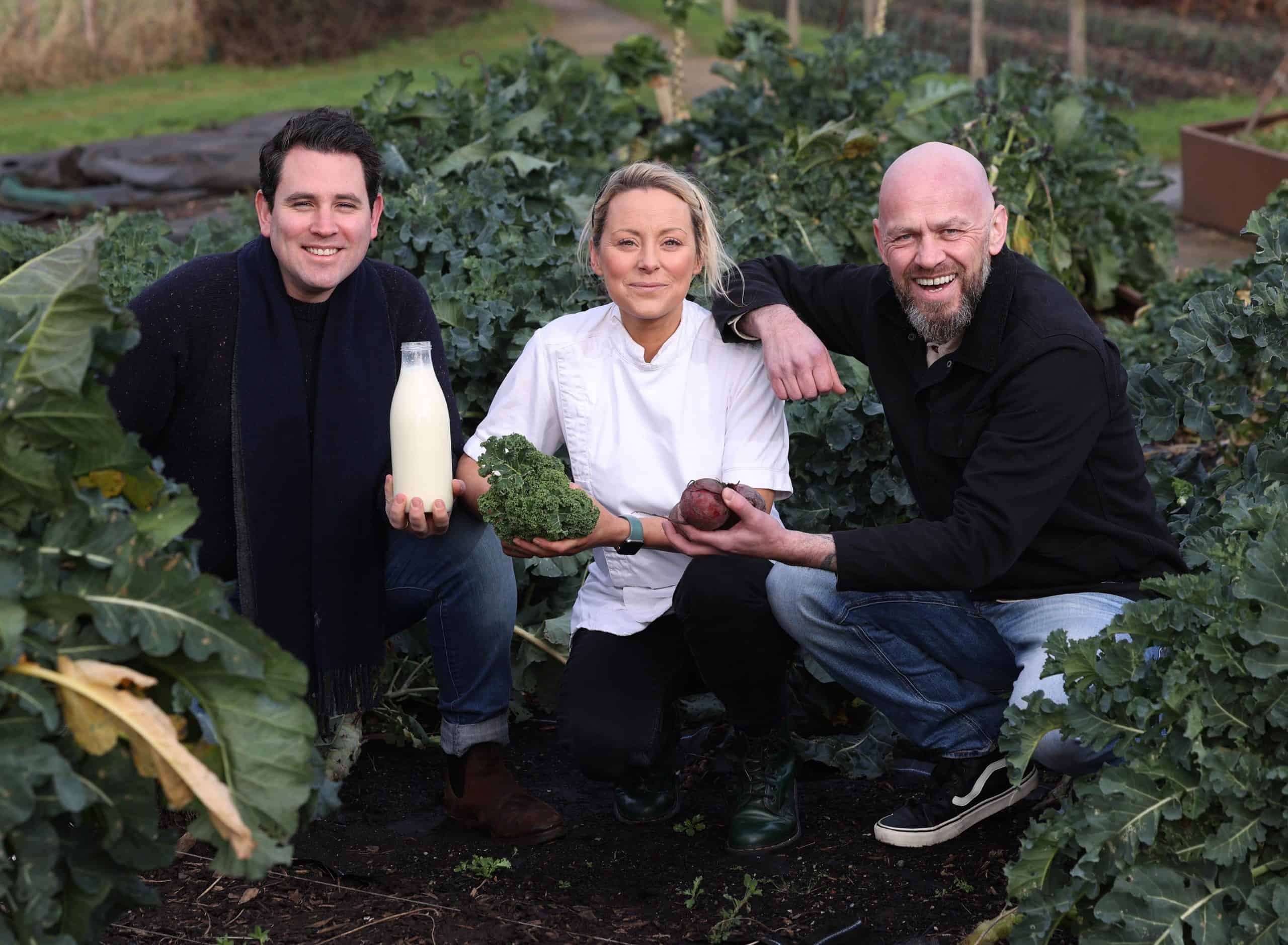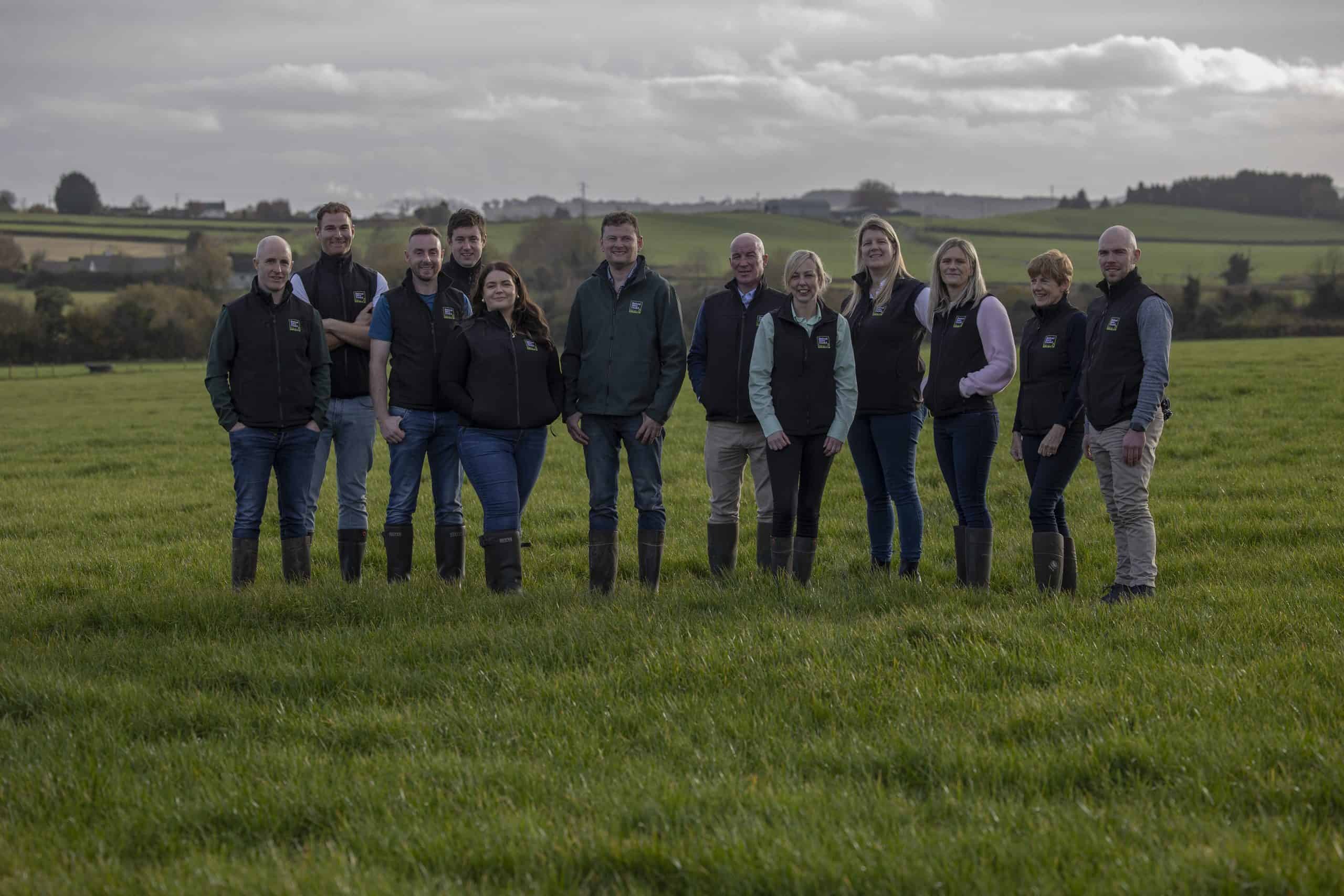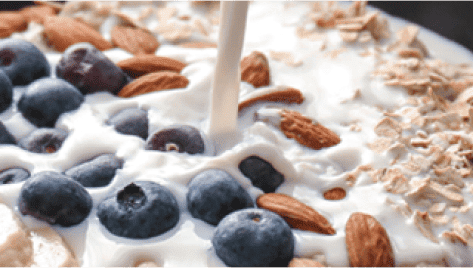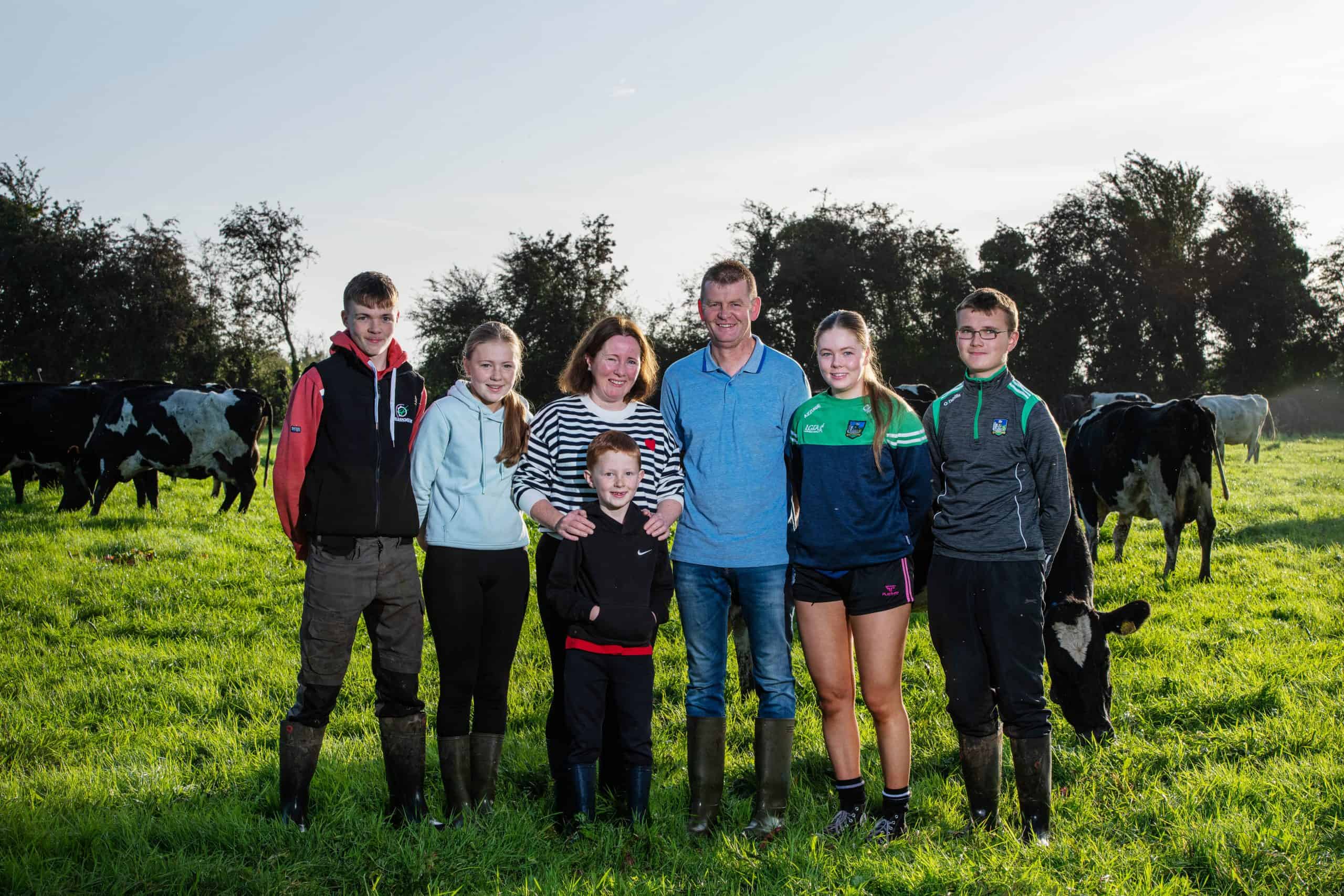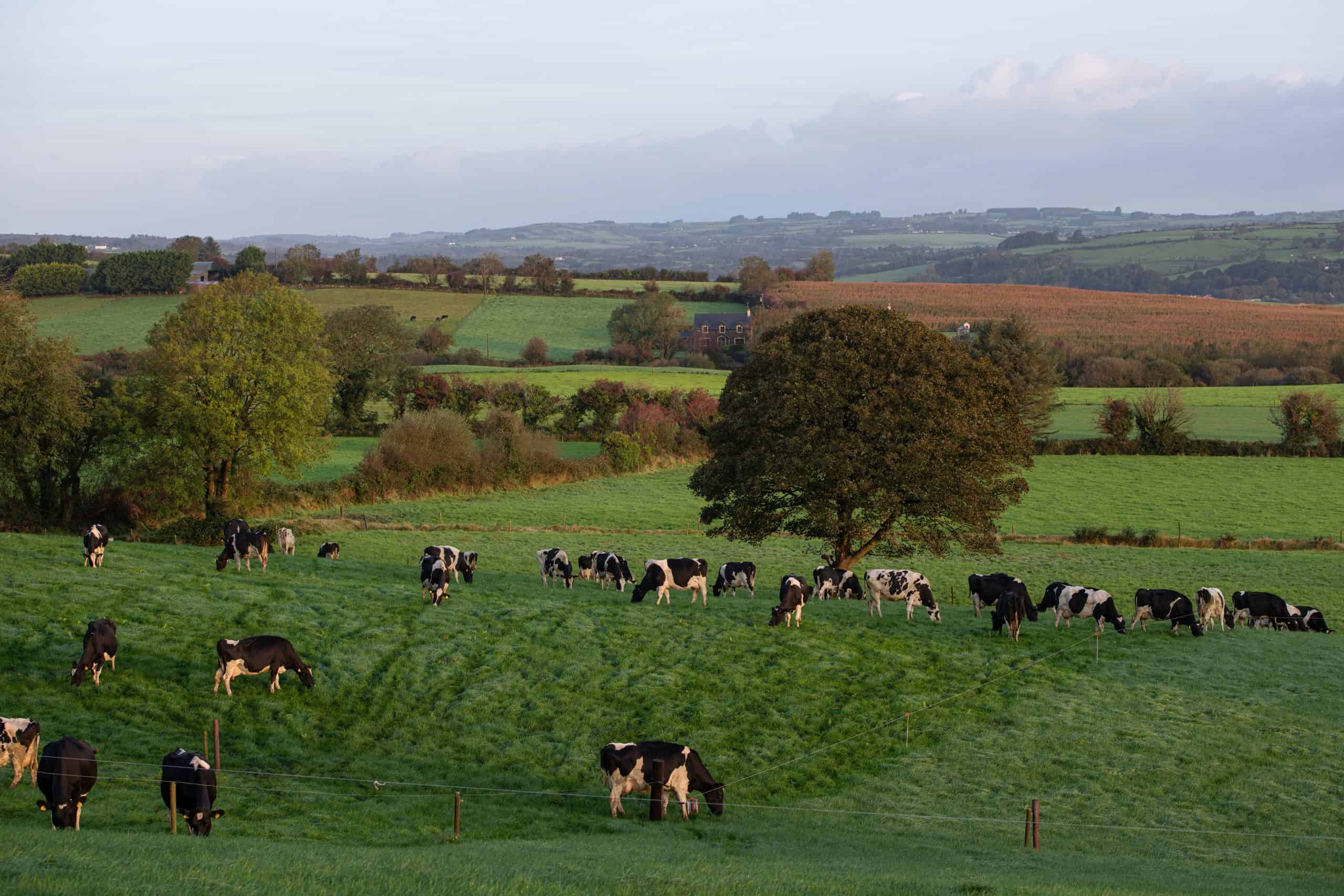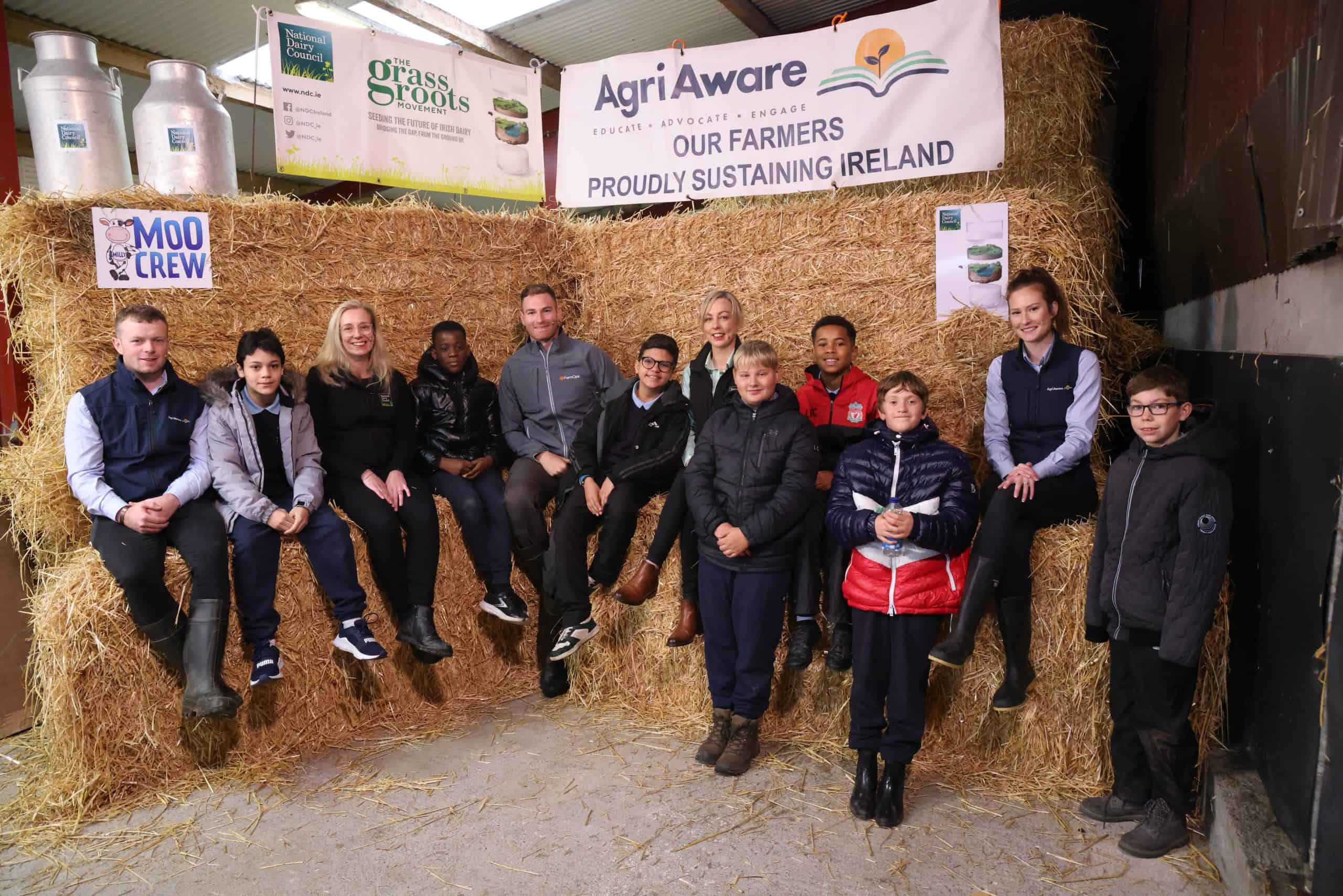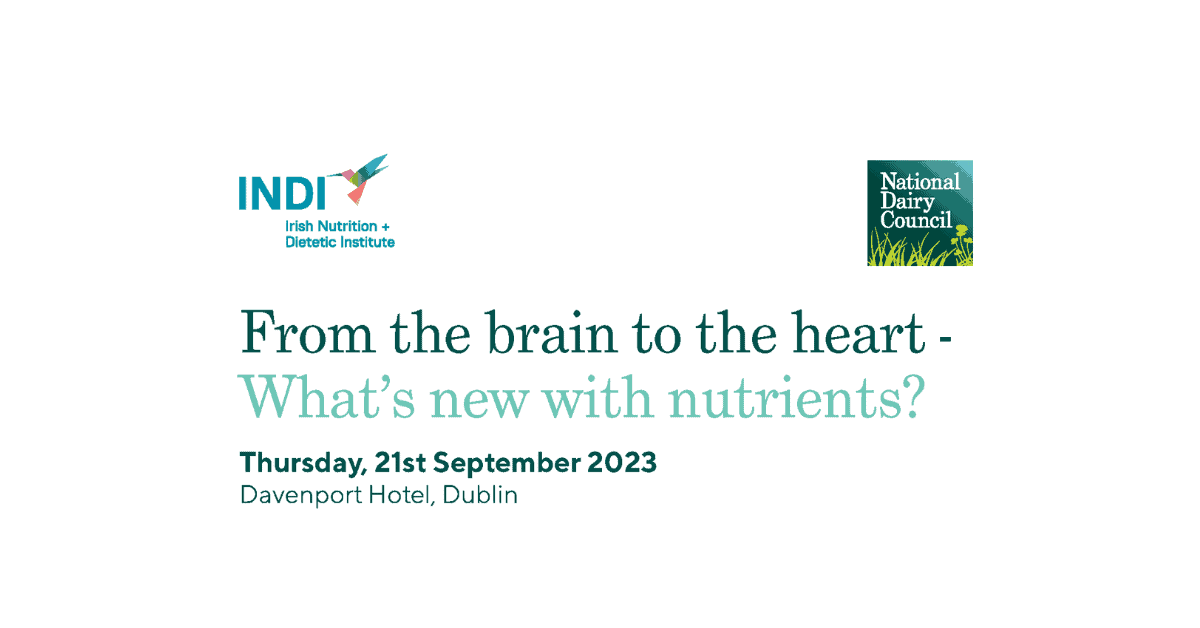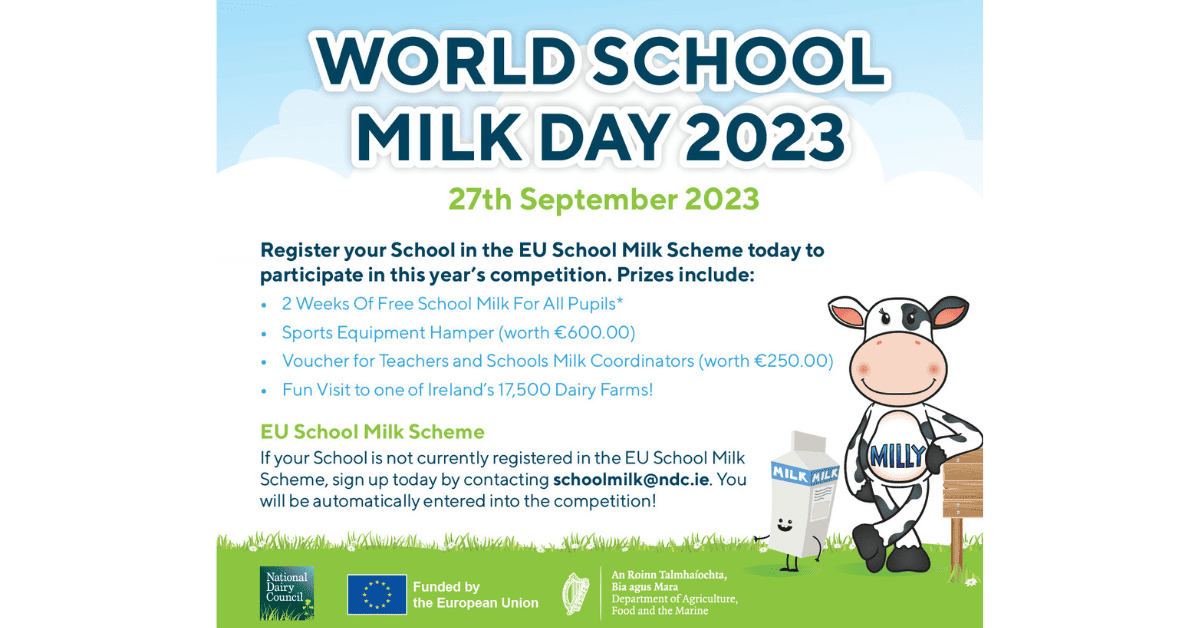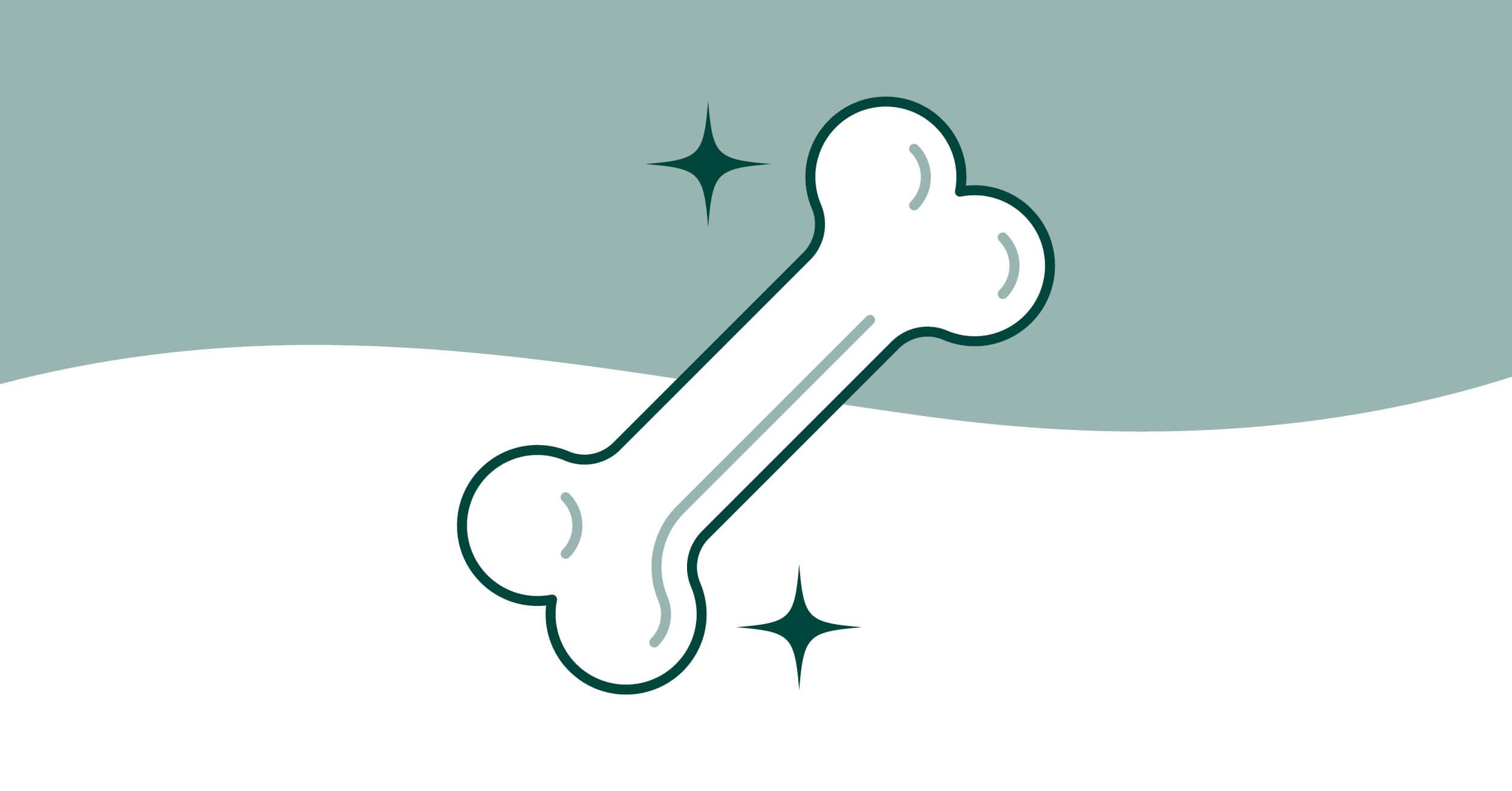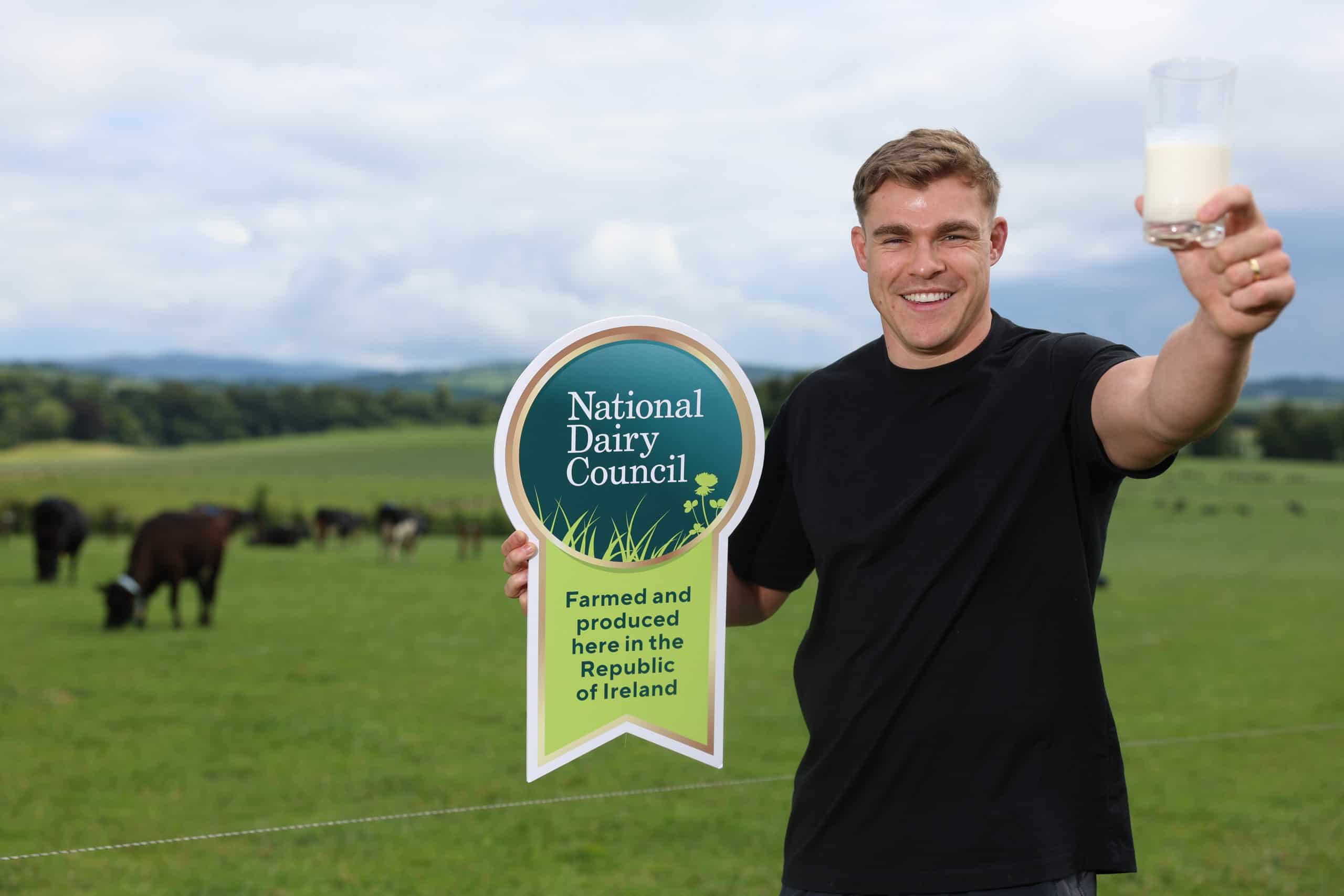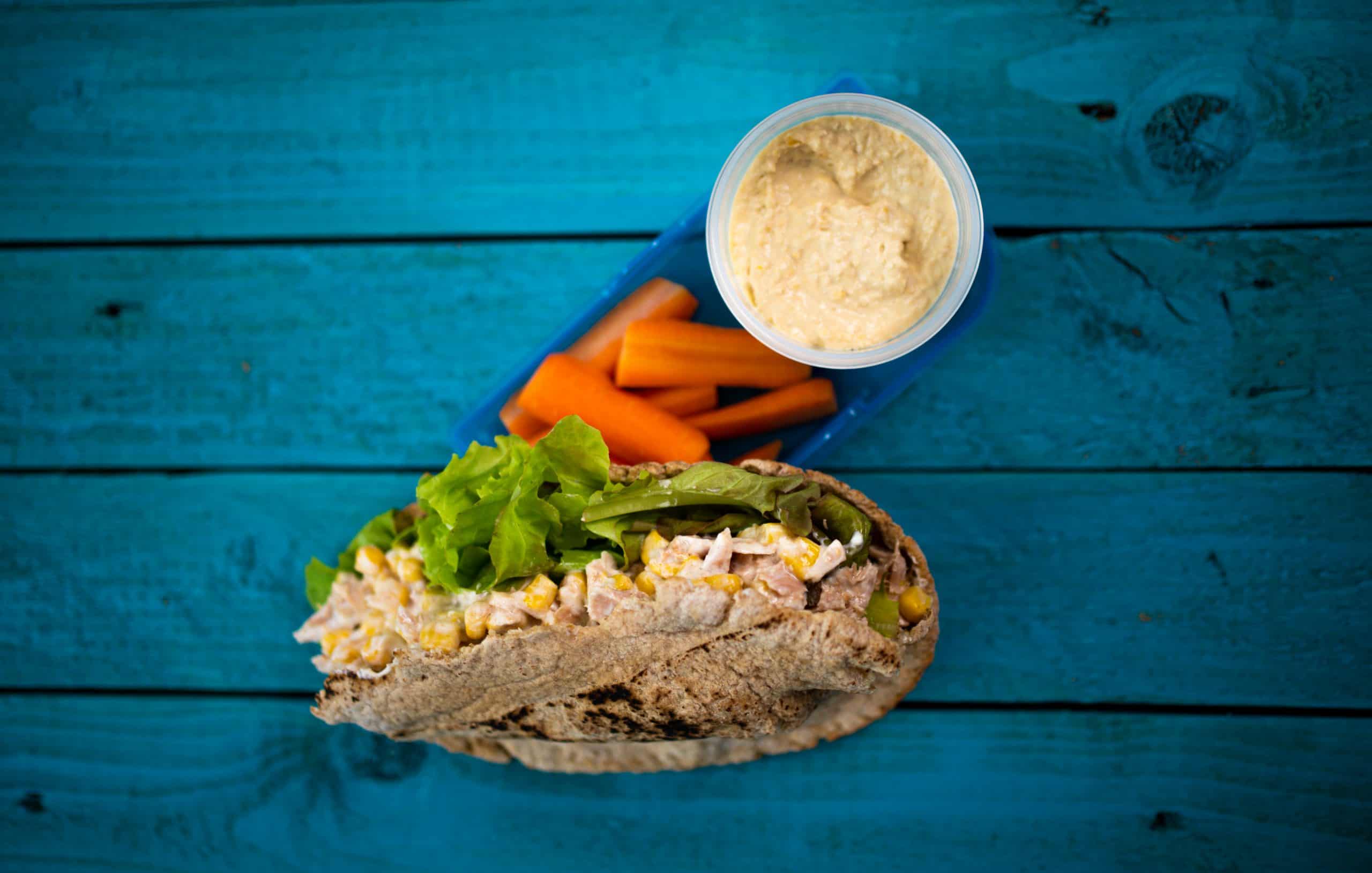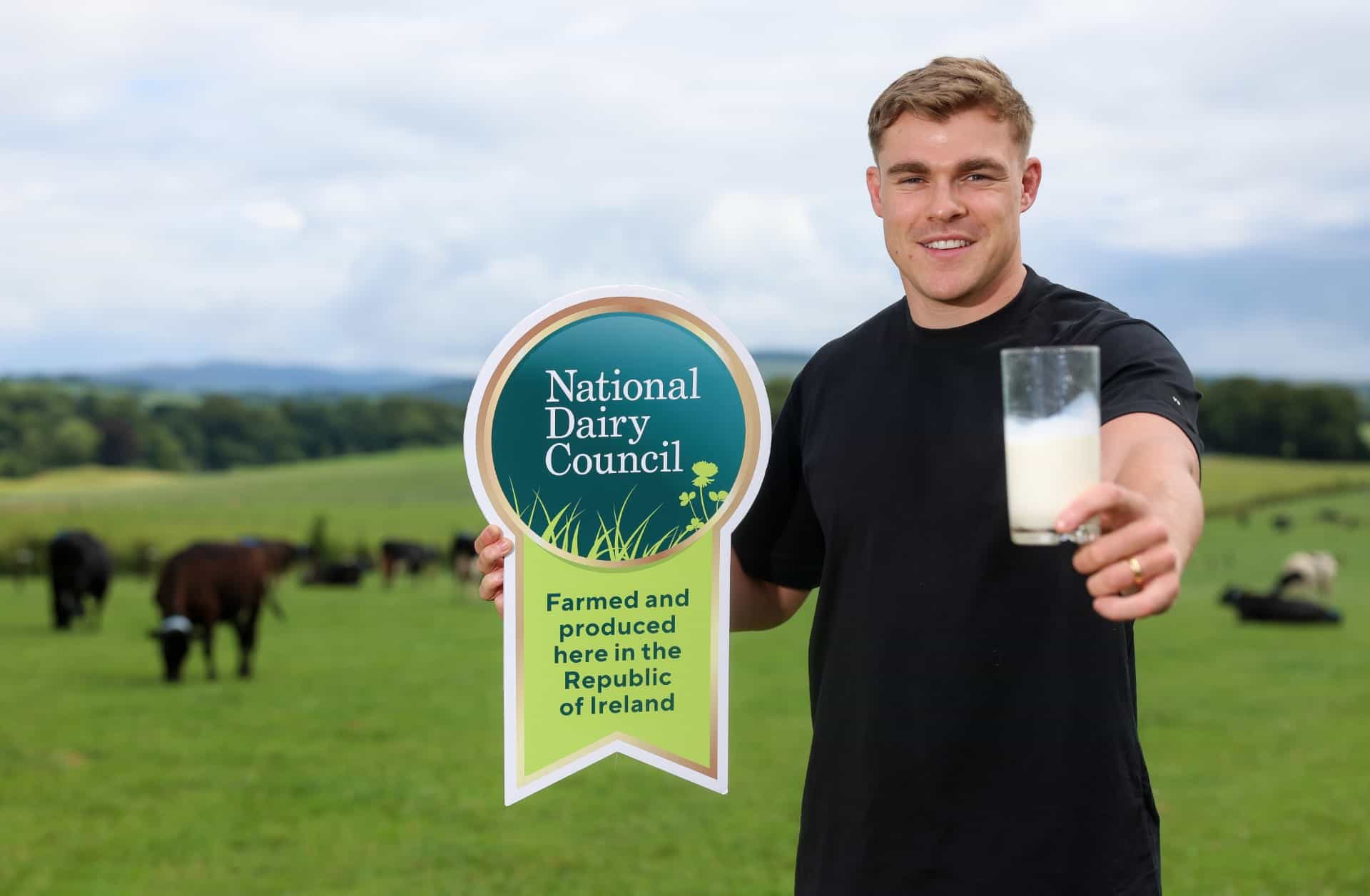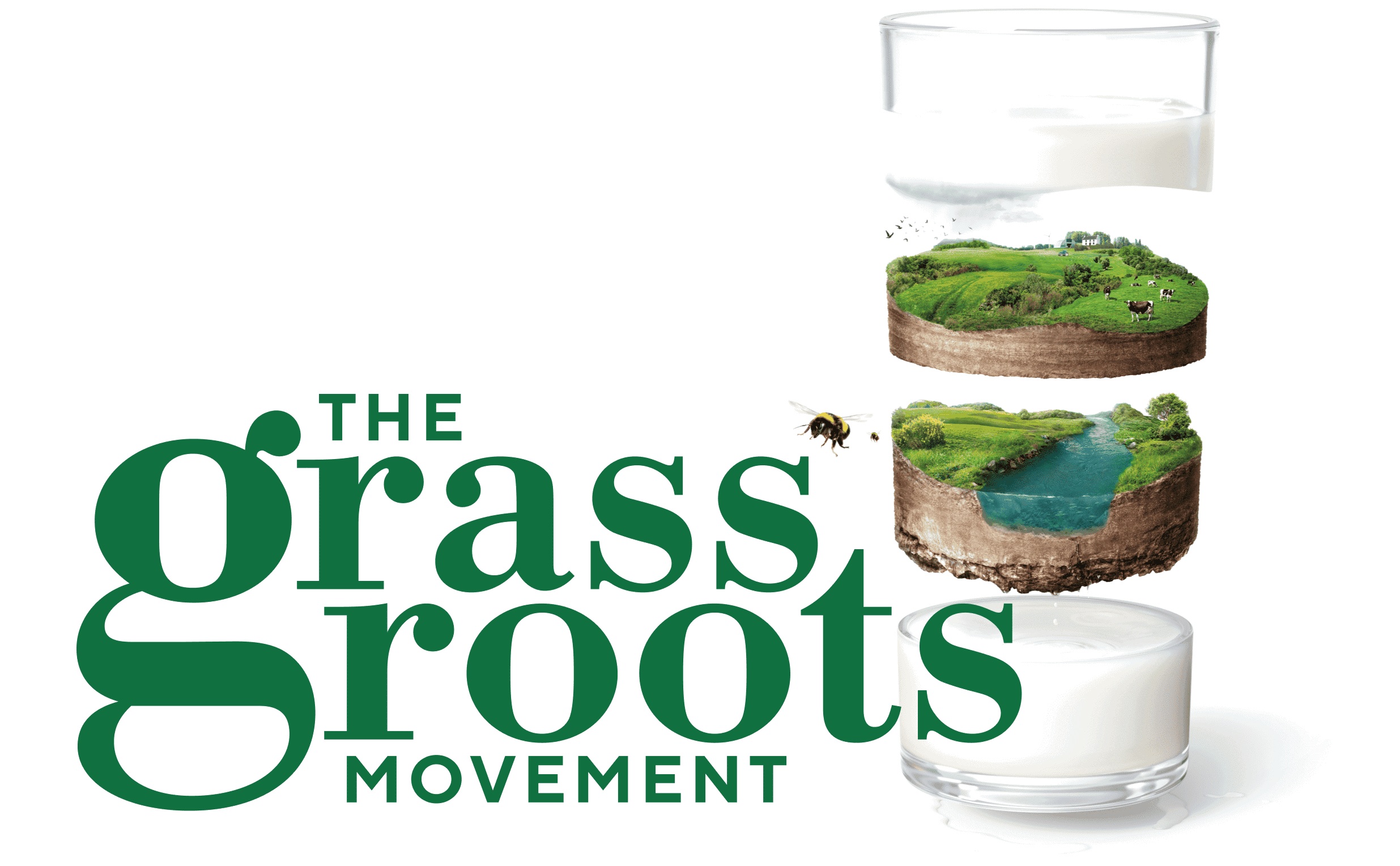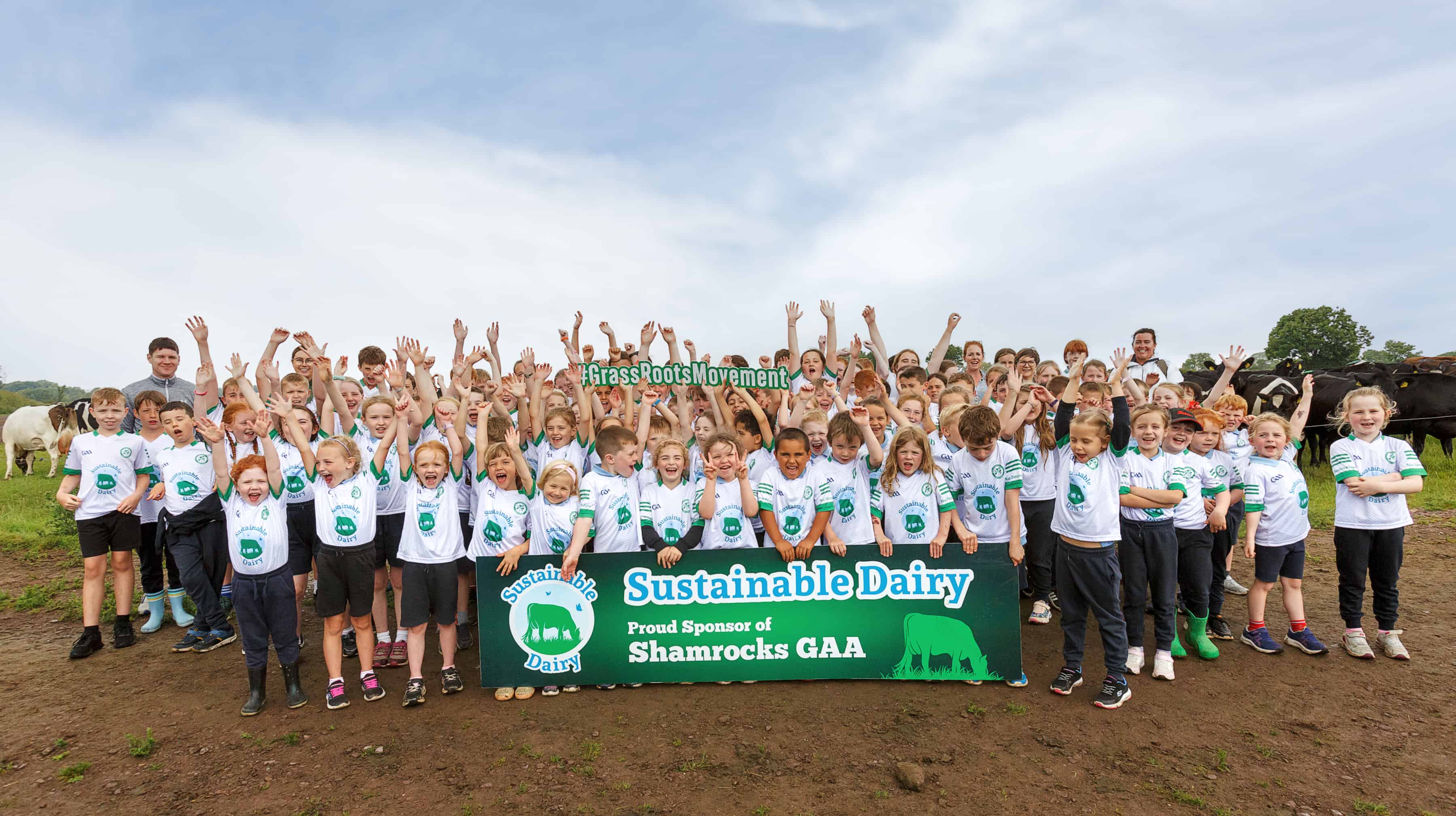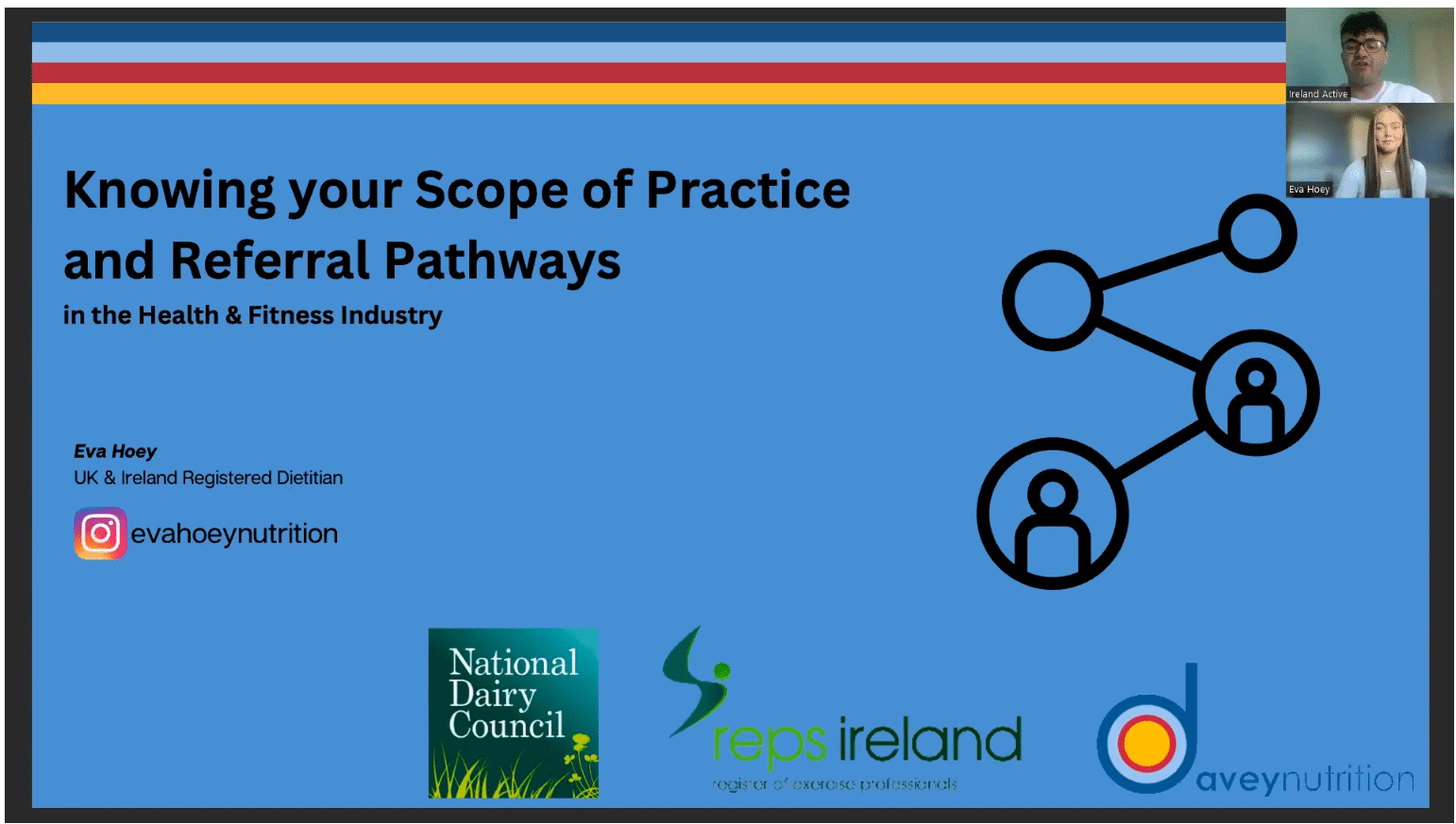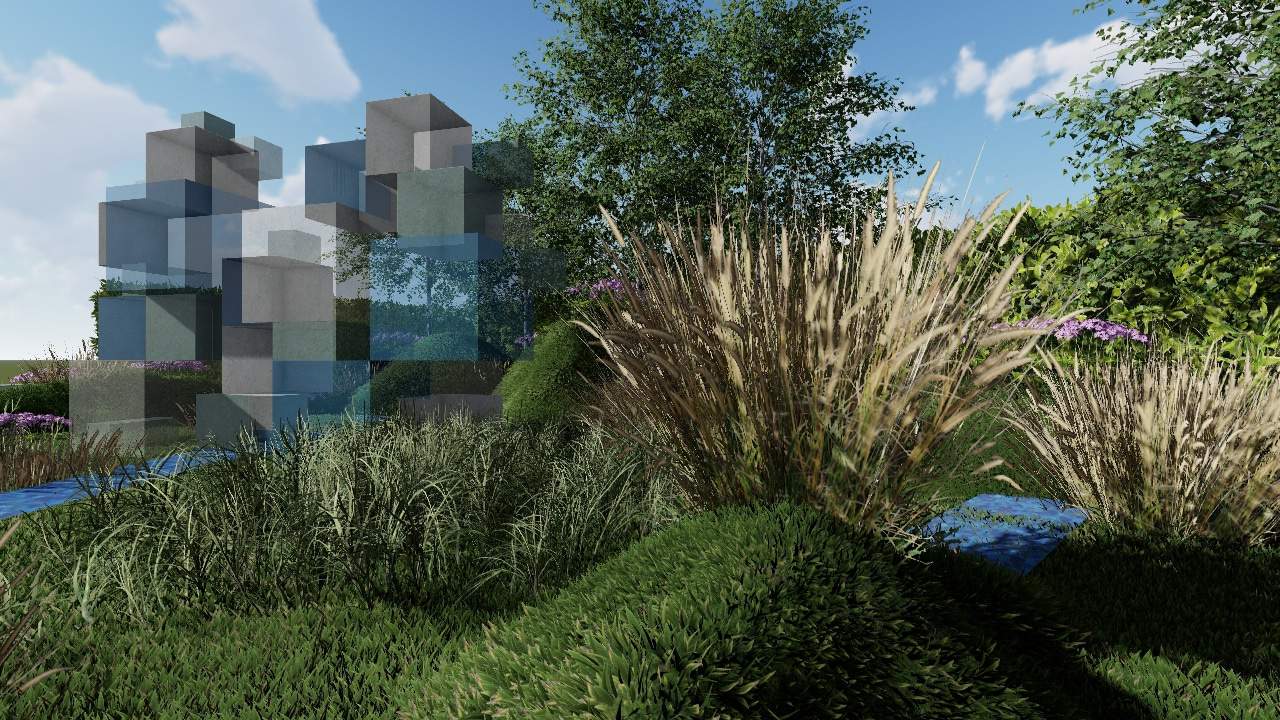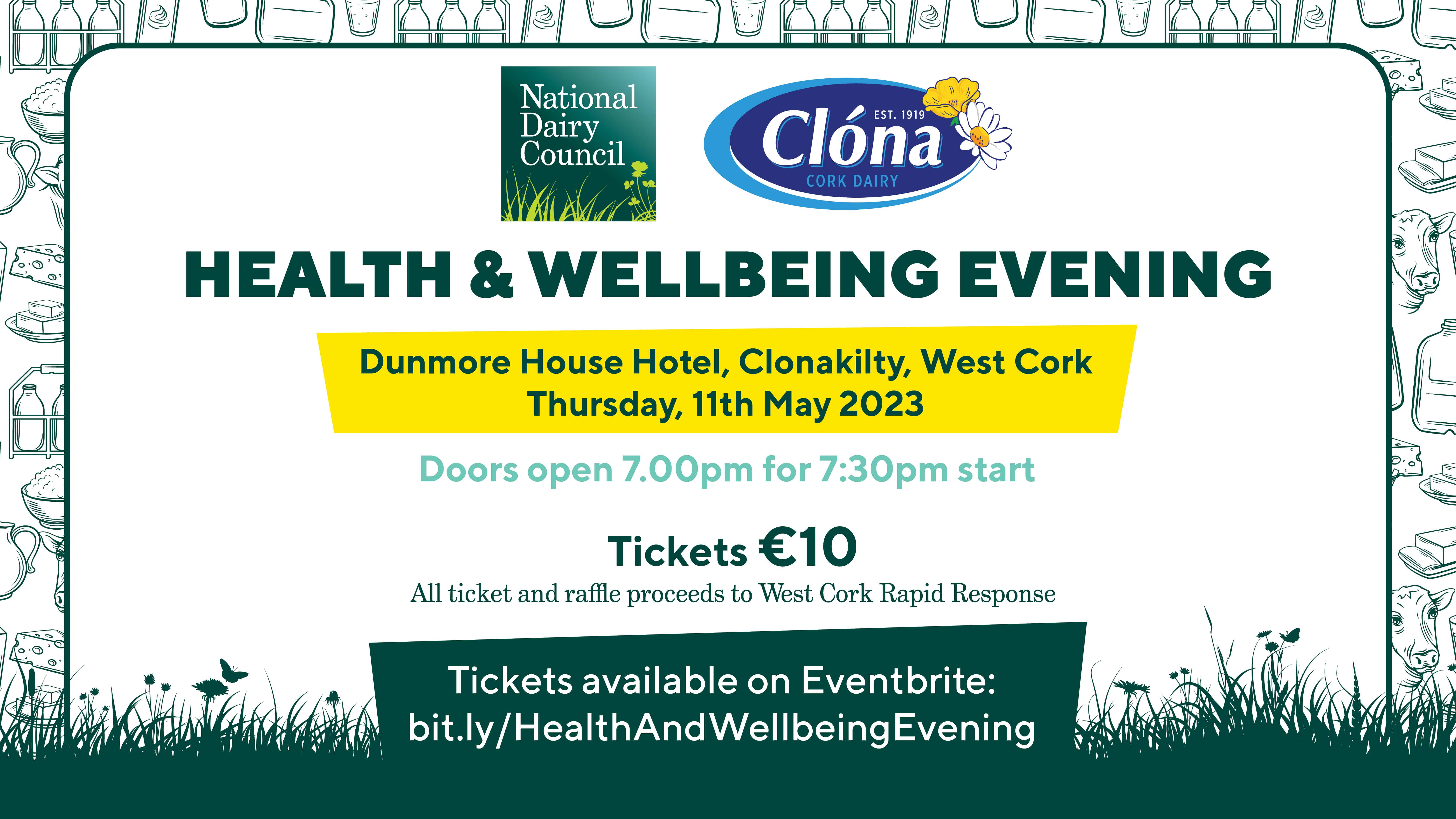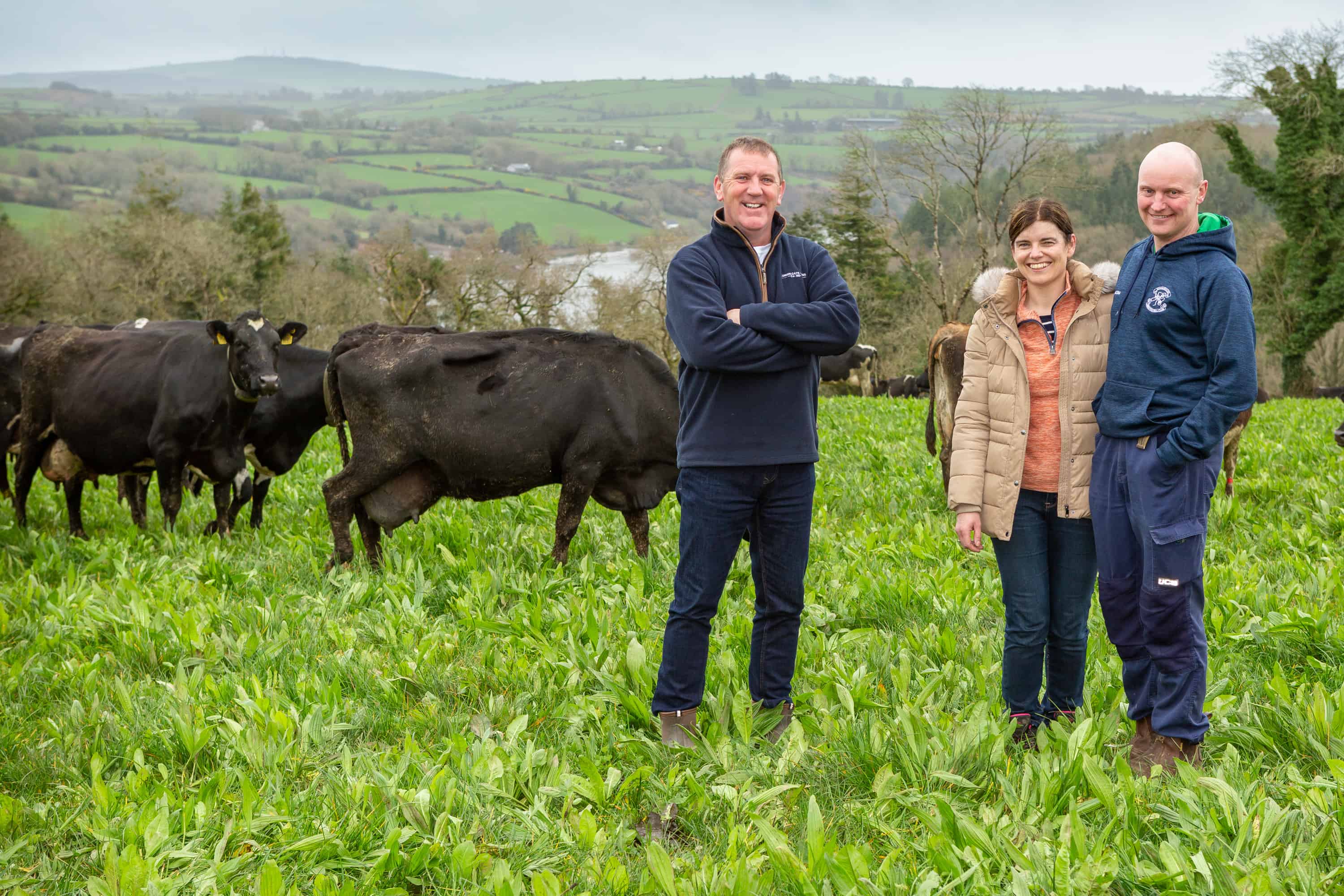It probably seems a silly question. Indeed, many people won’t have given a thought to whether cows actually have names or not. And therein lies one of the big issues faced by Irish dairy – a disconnection between the consumer of Irish dairy products (consumption that has increased during the pandemic) and the people and effort involved in producing them.
The National Dairy Council recently carried out consumer research which aimed – in a roundabout way – to get people thinking again about how Irish dairy is produced, about the 18,000 family farms and about the 60% of the country that is grassland.
And yes – just to get it over with – we did ask what consumers thought would be a good name for a cow and an overwhelming majority went for Daisy.
Just a few days later, we had the opportunity to check in with some of the National Dairy Council farmer ambassadors, who agreed that Daisy wasn’t a bad name, but that they’d heard better. (Mooley Cyrus, for example – thanks Louise Crowley)
Irish dairy has been part of Irish life for 4,000 years, it contributes €5.2bn in export revenues to the Irish economy and it accounts for 60,000 Irish jobs – and yet only four in ten Irish people claim to know a dairy farmer.
The problem is that if we don’t become engaged with – and feel some level of responsibility for – our dairy industry, then we’re allowing others to make decisions about its future on our behalf.
Particularly now, when Ireland has written a Climate Acton Bill into law that demands a 51% reduction in greenhouse gas emissions by 2030 and that the country be climate neutral by 2050.
Yes, agriculture – along with energy and transport – is the major contributor to Ireland’s emissions. Yes, we need to do better – but what’s not being recognised is the progress that is already being made, the steps that are already being taken, the CO2 that’s being sequestered by grass, trees and hedgerows and the simple fact that cows are not cars.
If we’re not careful, we’ll find our dairy industry hamstrung by action groups and one-size-fits-all emissions budgets – which inevitably pushes production overseas to countries where, environmentally speaking, it will be less efficient and less sustainable.
It’s not all bad news, however. The NDC research asked consumers about the sustainability of Irish dairy and the results showed that people understand that environmentally sustainable is not enough – an industry needs to be economically sustainable as well.
People understood that Ireland’s grass-fed, family-farmed production system makes Irish dairy some of the most sustainable in the world. But they also understood the industry’s impact on the Irish economy, both nationally and locally.
What, arguably, we need to talk more about (particularly now) are all the initiatives being taken by the farming community to reduce emissions – used of protected urea, low emission slurry spreading, breeding programmes, pasture management – to improve water quality and to encourage biodiversity.
The connection between the consumer and the contemporary Irish dairy farmer needs to be rebuilt. It’s not broken – our research shows, for example, that consumers know that Irish butter is as yellow as it is because of the beta-carotene that comes from a diet of grass – but it needs to be strengthened with the understanding of what dairy is doing to make itself fit for the future.
Find out more about sustainability in dairy farming in our report Irish Dairy, Sustainable Ireland, available to download here.
